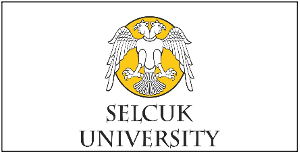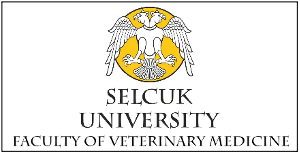| 1988, Cilt 4, Sayı 1, Sayfa(lar) 297-307 |
| [ Türkçe Özet ] [ PDF ] |
| The effect of defaunatıon on volatile fatty acids in Akkaraman lambs |
| Mehmet Kocabatmaz1, M. Yaşar Aksoylar2, Zafer Durgun3, Mursayettin Eksen4 |
| 1Doç. Dr., S.Ü. Veteriner Fakültesi Fizyoloji Bilim Dalı, Konya 1Doç. Dr., S.Ü. Veteriner Fakültesi Fizyoloji Bilim Dalı, Konya 3Dr., S.Ü. Veteriner Fakültesi Fizyoloji Bilim Dalı, Konya 4Dr., S.Ü. Veteriner Fakültesi Fizyoloji Bilim Dalı, Konya |
| Downloaded:1076 - Viewed: 2043 |
|
Two groups of Akkaraman lambs (faunated and defa-unated lambs) were used to investigate the effect of the presence or absence of rumen ciliate protozoa on pH, volatile fatty acids of rumen content and weight gain.
The lambs were fed with milk until 1.5 months of age. Then, all animals were given chopped sainfoin hay and concentrate diet for the duration of the experiment. For the purpose of defaunation of the 2nd group lambs, 0.3 - 0.8 % solution of Dioctyl Sodium Sulfosuccinate was administrated via stomach tube. Rumen samples were taken from the rumen of lambs before feeding and at 3, 6 hr. after feeding and pH values and volatile fatty acids levels were measured. pH values were found to be highest before feeding, decreased at the 3rd hr. and become lowest at the 6th. after feeding for each animals. Acetic acid, propionic acid, iso-butiric acid and total volatile fatty acid levels in the rumen contents of the faunated lambs were higher than in the def aunated lambs. The faunated lambs grew faster that the def aunated lambs. The average of body weights of the faunated lambs was4.6kg more than the faunated lambs .It was, therefore, concluted that the rumen ciliate protozoa are essential for the metabolism and growth of young lambs. |
| [ Türkçe Özet ] [ PDF ] |




